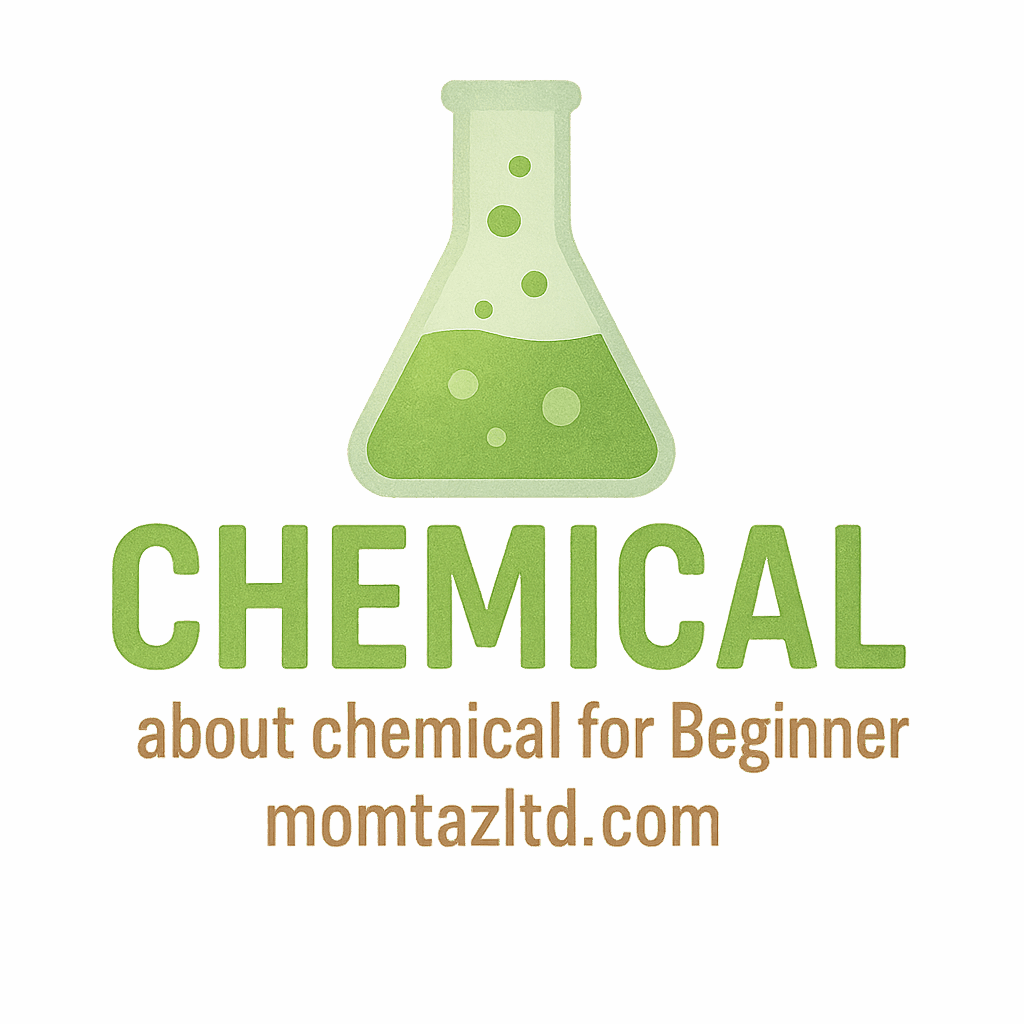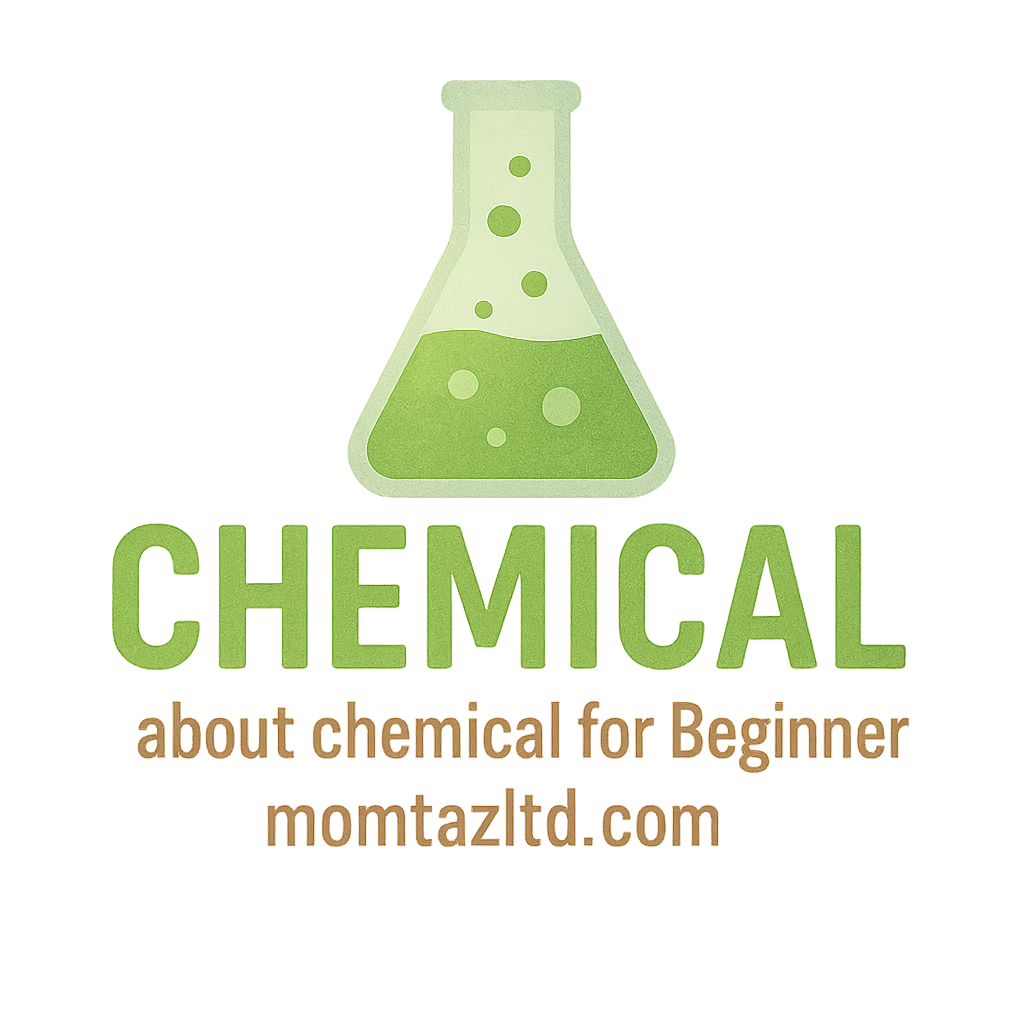Introduction: Why Chemical Safety at Home Matters
Chemicals are an integral part of daily life, found in cleaning products, air fresheners, paints, adhesives, and even cosmetics. While they serve practical purposes, they can also pose significant risks if not handled properly. Every year, thousands of chemical-related accidents happen at home, leading to burns, poisoning, and other long-term health issues. This is why it’s crucial to follow simple safety rules when using chemicals at home. Whether you’re dealing with household cleaning supplies or more potent industrial chemicals, understanding safety practices is essential for protecting your family and home.
Importance of Chemical Safety in Everyday Life
We often overlook the potential dangers that household chemicals can pose. While these products help us maintain a clean, comfortable home, improper handling can lead to dangerous accidents. Chemical safety at home is all about being proactive and cautious. It’s about keeping your family, your home, and the environment safe while using products that make your daily life easier.
Common Household Chemicals You Use Daily
From cleaning products to air fresheners, you likely interact with chemicals daily. These include ammonia, bleach, detergents, solvents, and even products like insecticides and cleaning sprays. Many of these chemicals need to be handled with care, and it’s crucial to know how to use them safely. To learn more about household chemicals and their potential risks, check out resources on household chemicals.
Rule 1: Always Read and Follow the Label Instructions
The first and most straightforward rule for chemical safety at home is to always read and follow the label instructions. We all know how tempting it is to skip reading the instructions, but the label contains vital information that can help prevent accidents and ensure proper use.
Understanding Labels: The First Step to Safety
Chemical labels are your first line of defense when it comes to safety. These labels tell you everything you need to know about using the product, including potential hazards, directions for use, and disposal instructions. When in doubt, always follow the guidelines.
Key Information to Look for on Chemical Labels
Pay attention to these critical sections of the label:
Directions for Use
This section provides step-by-step instructions on how to use the product. Following these directions ensures the chemical is effective and minimizes the risk of harm. Whether you’re using it as a cleaner, disinfectant, or pesticide, the correct application is crucial for safety.
Safety Warnings
Most chemicals come with warnings like “flammable,” “corrosive,” or “toxic.” These warnings help you understand the specific dangers associated with the chemical. For example, if a product is flammable, it should not be used near open flames.
Storage and Disposal Guidelines
Proper storage is crucial for chemical safety. Some products must be kept in cool, dry places, while others may require specific conditions to prevent reactions. Always follow the storage guidelines. Additionally, the disposal instructions will tell you how to safely discard the product when it’s no longer needed. For more on safe chemical disposal, check out chemical safety.
Rule 2: Store Chemicals Safely and Out of Reach
Proper chemical storage is essential for preventing accidents. Many chemical-related accidents at home happen when chemicals are improperly stored or left within reach of children or pets.
Ideal Storage Locations for Household Chemicals
Store chemicals in a cool, dry, well-ventilated area to prevent them from reacting with heat or moisture. Cabinets or shelves that are high up and away from children are ideal. A locked cabinet is the best option for keeping chemicals out of reach of curious little ones.
Keep Chemicals in Their Original Containers
Always store chemicals in their original containers. These containers are designed to safely hold specific substances and usually come with important safety information, including instructions on proper use and disposal. Avoid transferring chemicals to containers like food or beverage bottles.
The Role of Childproofing in Chemical Safety
If you have young children at home, it’s essential to childproof your storage areas. Use locks or child-resistant latches to secure cabinets and drawers containing chemicals. This simple precaution can prevent tragic accidents. For more tips on household safety, check out home safety tips.
Proper Ventilation and Temperature Considerations
Ensure that the area where you store chemicals has adequate ventilation. Many chemicals release fumes that can be harmful if inhaled in enclosed spaces. Also, avoid storing chemicals near heat sources or in places where temperatures can fluctuate drastically, as this may cause chemical reactions.
Rule 3: Never Mix Chemicals
One of the most dangerous things you can do at home is mix chemicals. While it may seem like a shortcut to create a super-cleaning solution, mixing chemicals can lead to toxic reactions that produce dangerous gases, heat, or even explosions.
The Dangers of Chemical Reactions at Home
When chemicals are mixed, they can produce unpredictable reactions. For example, mixing bleach with ammonia creates toxic chloramine vapors, which can cause respiratory distress, eye irritation, and in extreme cases, death. Other combinations can lead to explosive reactions.
What Happens When Chemicals Mix?
Some reactions produce toxic fumes that can displace oxygen in the air, leading to suffocation. Others might cause fires or explosions. Always follow label instructions and avoid mixing chemicals unless specifically instructed to do so by the manufacturer.
Common Household Chemicals That Should Never Be Mixed
Here are a few chemicals that should never be mixed:
- Bleach and ammonia: Creates toxic chloramine gases.
- Bleach and vinegar: Produces chlorine gas, which can irritate the lungs and eyes.
- Hydrogen peroxide and vinegar: Creates peracetic acid, which is corrosive and irritating.
Avoiding these mixtures can prevent dangerous accidents in your home. For more information about safe chemical reactions, visit chemical reactions.

Rule 4: Wear Protective Gear When Handling Chemicals
When working with chemicals, it’s always best to protect yourself. This reduces the risk of skin irritation, eye damage, and inhaling toxic fumes.
Essential Protective Equipment for Safe Chemical Handling
The type of protective gear you need depends on the chemicals you’re working with, but at a minimum, you should wear gloves and eye protection.
Gloves and Eye Protection
Gloves protect your skin from chemicals that can cause burns or irritation, while safety goggles shield your eyes from harmful splashes or vapors. Always wear the appropriate protective gear for the task at hand.
Respirators and Proper Ventilation
For chemicals that produce fumes, dust, or vapors, wearing a respirator is essential to avoid inhaling harmful substances. Make sure you’re in a well-ventilated area to help disperse any fumes. If you’re unsure about which protective gear is needed, visit chemical safety tips.
Rule 5: Dispose of Chemicals Properly
Improper chemical disposal is not only dangerous for you but also harmful to the environment. When chemicals are improperly discarded, they can contaminate water sources, soil, and wildlife.
The Dangers of Improper Chemical Disposal
Pouring chemicals down the drain or throwing them in the trash can lead to contamination of water supplies and cause damage to local ecosystems. To avoid environmental harm, always dispose of chemicals in the proper manner.
How to Identify If a Chemical Is Hazardous Waste
Hazardous chemicals require special disposal methods. Look for the “hazardous waste” label or instructions on the packaging. You can also check with your local waste management facility for advice on how to dispose of specific chemicals.
Local Guidelines for Safe Chemical Disposal
Many local municipalities offer hazardous waste collection programs where you can drop off unwanted chemicals for safe disposal. Always take advantage of these services to protect your home and the environment. For more on chemical disposal, visit laboratory chemicals.
Conclusion: Stay Safe and Protect Your Family
By following these five simple rules for safe chemical use at home, you can minimize the risk of accidents and keep your family safe. Always read and follow label instructions, store chemicals properly, never mix chemicals, wear protective gear, and dispose of chemicals safely. With a little extra care and attention, you can use household chemicals safely without putting yourself or your family at risk.
Summary of the 5 Simple Rules
- Always read and follow the label instructions.
- Store chemicals safely and out of reach.
- Never mix chemicals.
- Wear protective gear when handling chemicals.
- Dispose of chemicals properly.
Final Thoughts on Home Chemical Safety
Chemical safety is essential for every household. By following these basic rules, you can avoid unnecessary accidents and create a safe environment for your family. Don’t forget that understanding the chemicals you’re using and their risks is a key part of staying safe.
FAQs
What Should I Do If I Accidentally Ingest a Household Chemical?
If you accidentally ingest a household chemical, immediately contact Poison Control or go to the emergency room. Follow their instructions carefully and never induce vomiting unless advised by a medical professional.
How Can I Safely Clean Up Chemical Spills?
Always wear protective gear like gloves and goggles when cleaning up a chemical spill. Follow the manufacturer’s cleanup instructions. For large spills, contact a professional hazardous material cleanup service.
Can I Use Household Chemicals in a Small, Ventilated Area?
While proper ventilation is essential, make sure you follow the specific guidelines for each chemical. Some chemicals require more space and airflow than others, so always check the label for recommendations.
How Do I Know If a Chemical Is Safe for My Home?
Check the label for safety information, and research the product online to understand its potential hazards. Look for products that are labeled “non-toxic” or “eco-friendly.”
What Chemicals Should I Avoid Storing Near Food?
Chemicals like cleaners, solvents, and pesticides should always be kept far away from food and food preparation areas to avoid contamination.
Are Eco-Friendly Chemicals Safer to Use?
Eco-friendly chemicals are typically safer for the environment, but they still need to be handled with care. Always follow the manufacturer’s instructions for safe use.
Where Can I Find Chemical Safety Information for My Household Products?
For detailed chemical safety information, visit the manufacturer’s website or check the safety data sheet (SDS) for the product you’re using. Additionally, you can find safety information on resources like chemical safety.


